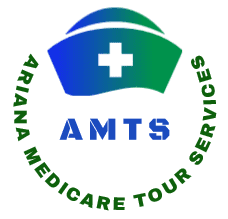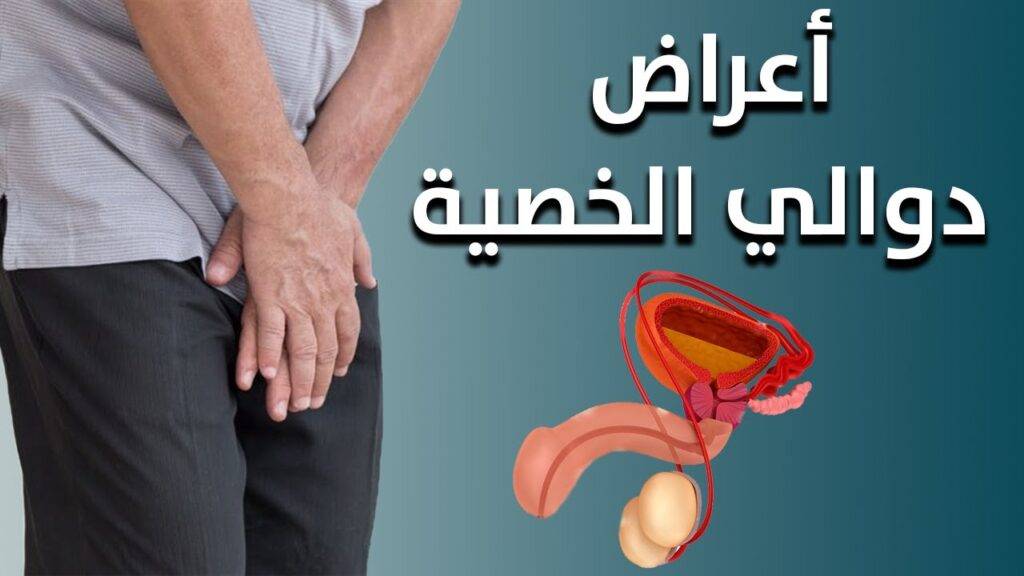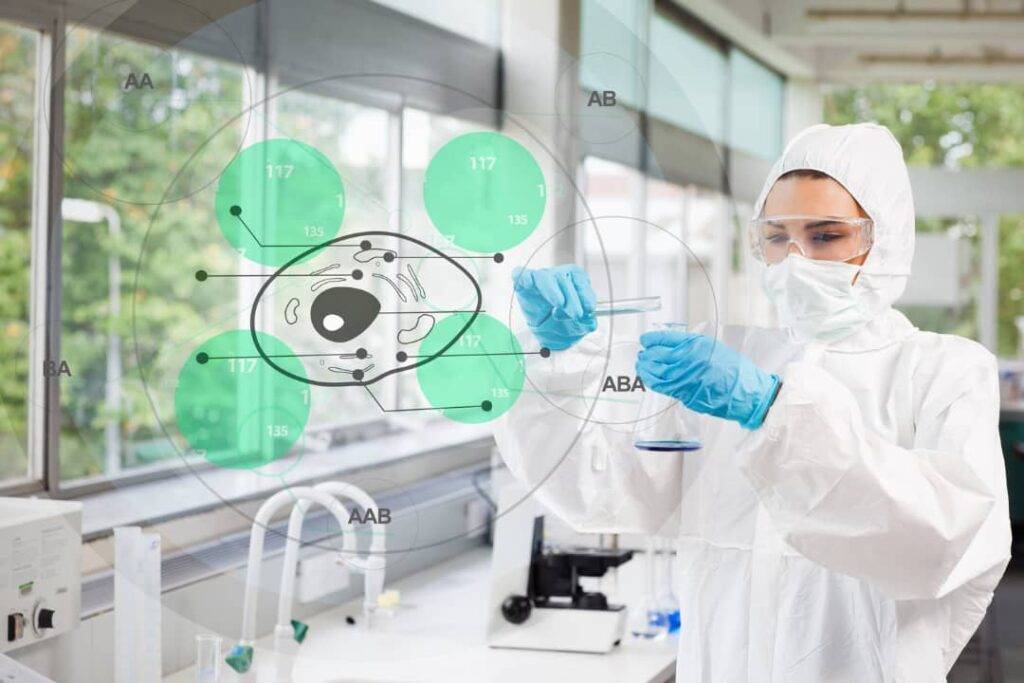Eye attack, also known as eye stroke, is a serious health challenge faced by individuals suffering from diabetes and high blood pressure in Shiraz, Iran. Diagnosing and treating this sensitive condition requires immediate attention and advanced medical expertise. In light of the medical progress and innovation witnessed in the fields of medicine and health sciences, our medical team in Shiraz seeks to provide the latest treatment methods for patients with diabetes and blood pressure affected by eye attacks. Treatment focuses on improving health conditions and preventing possible complications. Our services are based on providing effective and comprehensive health care, taking advantage of modern technology and advanced medical expertise. We strive to improve the quality of life of our patients, and ensure that they are provided with optimal medical care. Join us on this journey towards healing and wellness, as we work integrally to provide effective and customized solutions for diabetics and high blood pressure patients suffering from eye attack in Iran, Shiraz city.
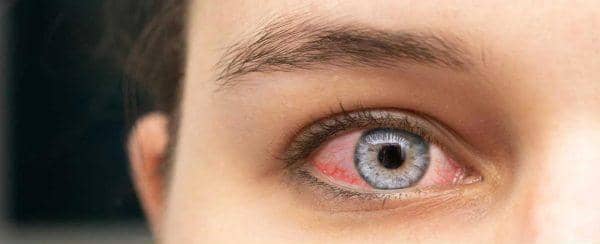
Article contents
- What is an eye attack (eye stroke) or retinal artery occlusion.
- Types of eye attack (eye stroke).
- Signs and symptoms of eye stroke and retinal artery occlusion.
- Causes and causes of eye stroke (eye attack).
- Exacerbating factors for eye stroke (eye stroke).
- Diagnosis of eye thrombosis (blockage of the eye arteries).
- Prevention of eye stroke (eye attack).
- Treatment of eye clots and blood clots in the retina in Iran, in the city of Shiraz.
- When should I see an eye doctor?
- Conclusion.
- Ways to communicate with specialist doctors in ophthalmology hospitals in Iran in the city of Shiraz.
What is eye stroke or blockage of the eye arteries?
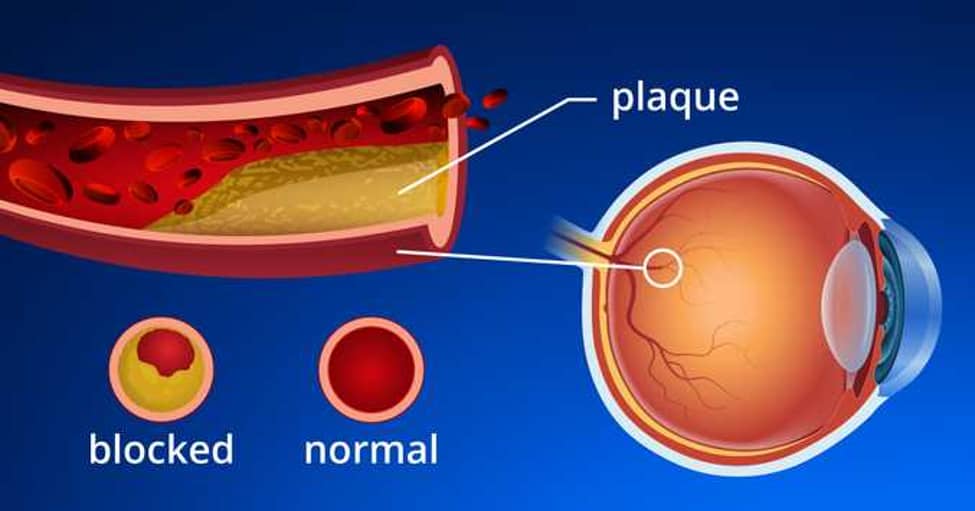
Eye stroke is a term that refers to a condition in which the artery that supplies blood to the retina becomes blocked. The medical name for an eye stroke is “retinal artery occlusion.” The cause of the blockage is often a blood clot.
If you lose vision or part of your vision in only one eye and don’t feel any pain, you may have a retinal artery occlusion [eye attack]. This is a medical emergency.
Different types of eye stroke (Ocular stroke)
Retinal artery occlusion goes by different names based on the location of the blockage. These names can also be applied to blocked veins.
Types of retinal artery occlusion are:
- Central retinal artery occlusion (CRAO): This term refers to a blockage of the main artery of the eye, which resembles a tree trunk. The effects of this stroke can be seen all over the eye.
- Branch retinal vein occlusion (BRAO): This term refers to a blockage of one of the small arteries in the eye, such as a branch connected to the trunk of a tree. The effects of this blockage can be seen in a smaller area of the eye.
- Branch retinal artery occlusion: This term refers to a blockage of a smaller blood vessel, such as a branch that is part of a branch connected to a tree trunk.
Signs and symptoms of eye stroke and retinal artery occlusion.

Eye stroke is usually painless. The first and main symptom is usually sudden vision loss or change in vision in one eye, which may include:
- Flutter and flash.
- Blurred vision.
- Blind spots or darkness.
- Vision changes that begin in childhood and worsen over time.
Causes and causes of eye stroke (eye Attack)
- An eye stroke (eye stroke) occurs due to an interruption of blood flow in the retina. This blockage can be caused by a solid substance, such as plaque or infection, that breaks off from another part of the body, such as the inside of the heart or another artery. This type of blockage is called (amboli).
- The blockage can also be due to thickening and clotting of the blood. This type of blockage is called a thrombus.
These blockages cause fluid leakage and increased eye pressure. This pressure can lead to damage to the optic nerve as occurs in glaucoma.
Exacerbating factors for eye stroke (eye Attack)
Many risk factors for a stroke are similar to risk factors for other strokes. These include:
- High blood pressure (blood pressure).
- High cholesterol (hyperlipidemia).
- Plaque formation in blood vessels (atherosclerosis).
- Coronary heart disease.
- Survival after previous stroke.
- He must be over 60 years old
Diagnosis of eye stroke (occlusion of the eye arteries)
Sudden total or partial loss of vision in one eye is a medical emergency. The health care provider may:
- We take the person’s medical history and ask them about their symptoms.
- Conduct a complete eye examination.
- Description of fluorescein angiography tests. In this type of test, a special color is used to show the path of blood flow in the eye.
- Describes color fundus photography tests. This test provides images of the fundus, the part of the eye that contains the retina.
- Description of optical coherence tomography. This imaging test shows the blood vessels in the retina.
If your doctor suspects a disorder such as giant cell arthritis (temporomandibular arthritis), he or she may order other tests, such as:
- Ultrasound imaging.
- Blood tests to check for signs of inflammation.
Prevention of eye stroke (eye Attack)
You can reduce your risk of eye stroke by:
- Follow a healthy diet and get enough exercise.
- Control blood sugar in diabetes.
- Control blood pressure, blood cholesterol and eye pressure.
- Get regular appointments with an experienced eye doctor.
- Quit Smoking.
Treatment of eye clots and blood clots in the retina in Iran, in the city of Shiraz
Treatments for eye stroke include:
- Advanced medications to reduce, Pressure in the eye or removing blood clots.
- Retinal laser therapy to close leaky blood vessels.
- Eye massage with closed eyes.
- Using a needle to drain fluid from the eye to reduce pressure.
- Hyperbaric oxygen therapy, which involves breathing pure oxygen in a special chamber.
When should I see an eye doctor?
If you suddenly lose vision in one eye, you should get help right away. An eye stroke most often affects one eye.
Even if vision loss is temporary, seek medical help. Temporary loss of vision can be caused by a “mini-stroke” in the eye.
Conclusion
If you experience vision loss, especially if it is in only one eye, you should seek treatment immediately. Prompt treatment of eye stroke will have the best results. To treat eye stroke, you can visit Professor Vahid Qasemi’s clinic in Shiraz.Ways to communicate with the most skilled specialist doctors, such as Professor Ghasemi, in the field of ophthalmology in Iran, in the city of Shiraz.
To receive advice and
- For free consultation or to schedule an examination, contact us via WhatsApp .
Sources
Saxena, Rohit; Singh, Digvijay; Sharma, Medha; James, Mathew; Sharma, Pradeep; Menon, Vimla (October 2018). “Steroids versus No Steroids in Nonarteritic Anterior Ischemic Optic Neuropathy”. Ophthalmology. 125 (10): 1623–1627. doi:10.1016/j.ophtha.2018.03.032. PMID 29705054. S2CID 23203785
Liu, Bing; Yu, Ying; Liu, Wen; Deng, Tuo; Xiang, Daoman (2021). “Risk Factors for Non-arteritic Anterior Ischemic Optic Neuropathy: A Large Scale Meta-Analysis”. Frontiers in Medicine. 8: 618353. doi:10.3389/fmed.2021.618353. PMC 8520961. PMID 34671609.
Read more about other articles in the medical fields (Cosmetics and Medical).
- Hair Transplantation in Iran
- Rhinoplasty (Nose Job in Iran)
- Face Lift Surgery (Rhytidectomy) in Iran
- Breast Lift in Iran
- Chin Surgery in Iran
- Liposuction in Iran
- Tummy Tuck (Abdominoplasty) in Iran
- Butt Augmentation (Brazilian butt lift)
- Breast Augmentation in Iran
- Eye Care in Iran
- Cataract Surgery in Iran
- Diabetic Retinopathy Treatment in Iran
- Heart Surgery in Iran
- Knee Replacement in Iran
- Eyelid Surgery in Iran
- Safe Abortion in Iran
- Fertility Treatment in Iran
